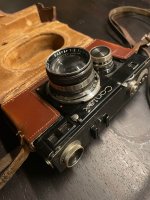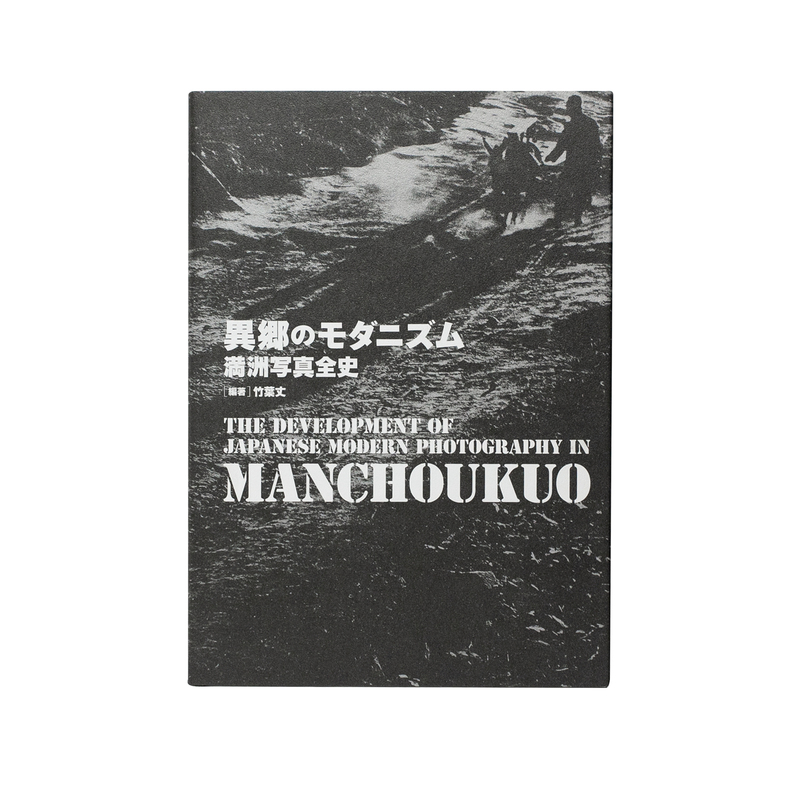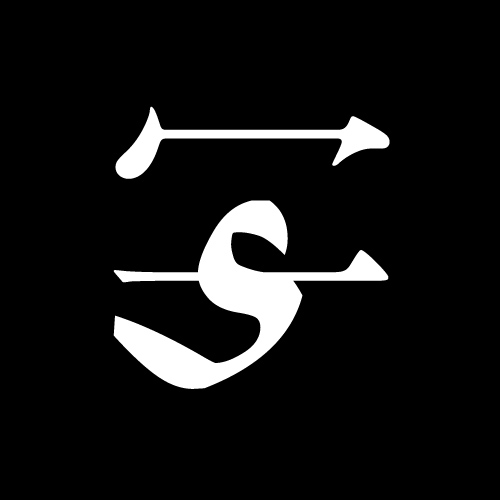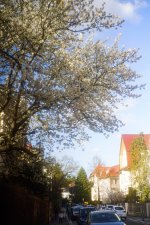furcafe
Veteran
The focus helical on my 35/2.8 Biometar completely seized up due to that great Eastern Bloc build quality, so I may have the optics taken out to be put into a compatible LTM barrel.
As an update, I did get my 35/2.8 Biometar converted to M mount by Skyllaney using the Omnar platform. 1st photo from Skyllaney. The "Wetzlar Chrome" finish for the focusing ring, focus tab, & mount is Cerakote by Camerakote.































